Planning Your Garden For Spring In The USA
By Victoria Fuller
It’s almost the most wonderful time of the year, and before you ask, no, not Christmas: Garden Season! Depending on which State you call home you may have already had the opportunity to enjoy a few weeks of solid gardening time, and if this is the case then we are incredibly envious but we are too busy being excited and optimistic about the upcoming growing season to dwell!
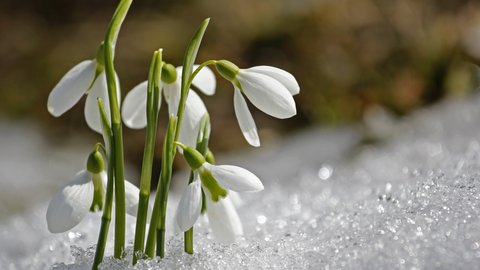
This post is designed to answer some of the questions that we are regularly asked with regards to Spring Gardening, and we hope it inspires you to start planning your Spring garden and to put your best green thumb forward!
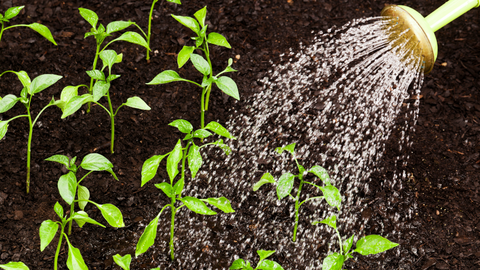
Why Bother Planning?
Some say planning is a “fool’s errand” but we respectfully disagree! When it comes to mapping out your Spring garden plan we firmly believe that more is more when it comes to planning! There is substantially more to planning than just deciding “what do I want to grow”. Space, variety, tools, and timing are all significant aspects to consider when starting your garden journey!

Figure Out Your Space
It is important to know how much space you are working with before you start investing in raised garden beds, seeds, and basically anything else garden-related! Cedar Planters has a wide range of sizes and heights of planter boxes and raised garden beds (as well as a range of grow bags, balcony railing pouches, and wall-planters) so there is likely a size that will be perfect for your outdoor space (and your gardening goals!).
We would recommend measuring your outdoor space properly with a tape measure (not just eyeballing it!) to ensure you maximize your area and don’t end up disappointed with a product that won’t work for you!
It is also a good idea to assess which area of your outdoor space receives full sun, then you can place your assembled planter box or raised garden bed in the correct position before you start gardening!
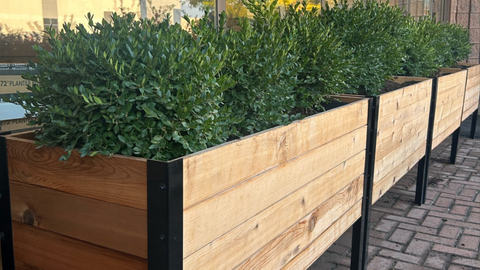
Decide What You Want To Plant
Walking into a garden center with no solid idea of what you are planning on achieving this garden center is a recipe for a very expensive (and likely pointless) disaster. You need to decide ahead of time whether you want to grow flowers, herbs, vegetables, shrubs, or succulents, so you can make an educated choice as to which seeds, soil, and accessories you will need for success!
It is also definitely worth noting that where you live can have a substantial impact on the types of plants that you choose to grow. If you live in a drier State then naturally you will want to avoid thirsty tropical plants and vice versa if you live in a humid state you probably will want to steer clear of desert-originating plants!
Also if you are planning on cultivating your own vegetable garden you will want to make sure you are planting seeds that have a historically successful growing pattern in your State!
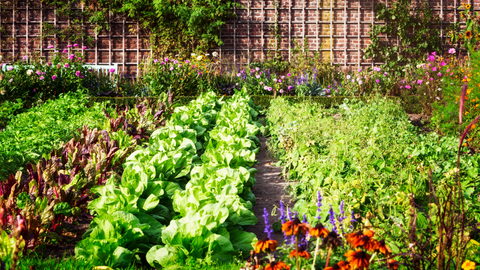
Take Stock Of Your Tool Kit
Most seasoned gardeners would argue that there are several essential garden tools and accessories that anyone with a green thumb should have in their arsenal, and those are the following:
- A Hori Hori Knife for digging, cutting, and measuring
- A Trowel for helping to dig and transplant plants
- A Shovel or Spade to dig holes for your plants\
- A Hand Rake for tilling soil
- Clippers for pruning and perfecting your garden
- A Wheelbarrow for moving soil
- Gardening Gloves for protecting your hands
- A Watering Can for keeping your plants nice and hydrated
- A Garden Hose for keeping your overall outdoor space nice and watered
These are just (in our opinion) the absolute essentials, of course there are endless gadgets and accessories when it comes to gardening but if you are just getting started this is where we think your journey should begin!
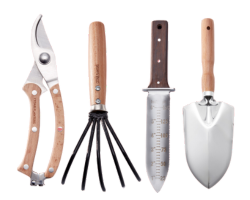
What Action Should I Take At The End Of Winter?
It is always a good idea to take cues from nature when it comes to gardening, and clearing up your garden is no exception! Many hibernating critters and insects use piles of leaves and fallen brush as nests during the Winter time, so although it may be tempting to start cleaning up your outdoor space as soon as possible, try your best until you notice that most hibernating animals have woken up!
Once you have assessed that it’s time to “dig in” there are a few actions that we would recommend taking at the end of the Winter season:
- Prune your Fruit Trees, Shrubs, and Roses to get them ready for fresh blooms
- Assemble your Cedar Planters raised garden beds or planter boxes. Not only will this be incredibly satisfying but it will really get you in the mood for planting!
- Prepare your soil with mulch and fertilizers to give your plants the best chance of success
- Start seeds indoors if you want to get a real head-start on the season!
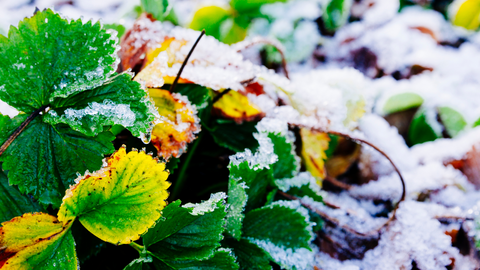
When Can I Start Gardening?
As a general rule, most gardeners would say that as soon as the last frost has truly come and gone then you can dust off the gardening gloves, but sometimes this can be a little premature. Always make sure to research the needs of the seeds that you are cultivating, and do consider starting them indoors with a grow lamp (especially with the unpredictable nature of the weather, many of us can recall getting Snow in May so we have to unfortunately prepare for the worst).
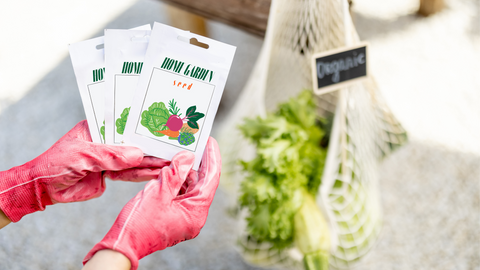
All in all we would suggest starting your seeds indoors in March and starting to transplant and sow outdoors in April, but again: be mindful of the weather! There is no one-size-fits-all advice when it comes to timing for gardening, just take cues from mother nature herself!









Leave a comment